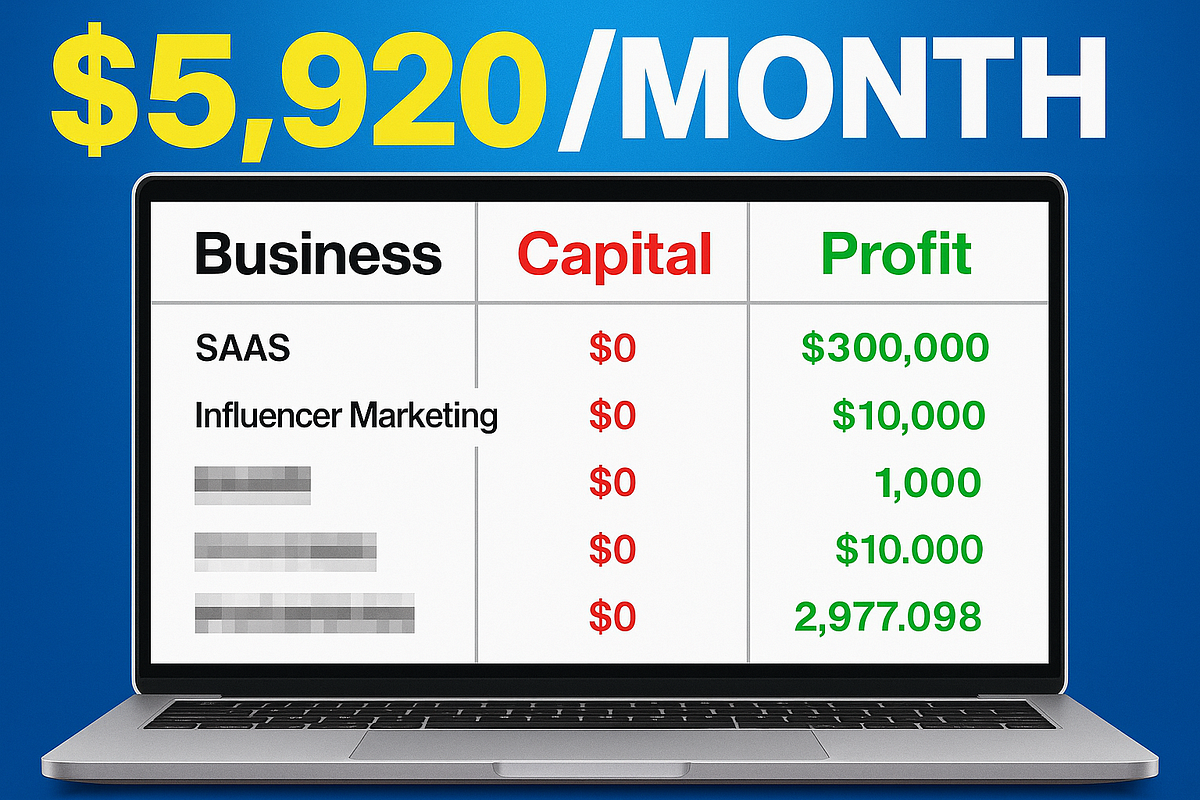Rubber Additives Market: Enhancing Performance, Durability, and Sustainability in Elastomers
In today’s world, rubber is not just about tires anymore. It’s in seals, gaskets, footwear, conveyor belts, hoses, medical devices, and countless other applications. But behind the performance and durability of every rubber product lies a crucial and often overlooked ingredient — rubber additives. These compounds significantly enhance the elasticity, resilience, weatherability, and processing properties of rubber materials, making them suitable for an expansive range of industrial uses.
The Rubber Additives Market is experiencing robust growth driven by the booming automotive sector, infrastructural development, rising consumer goods demand, and the push for sustainable and high-performance materials. With innovations in green rubber technologies and the incorporation of nano-materials, this market is set to redefine the future of elastomeric solutions.
Get More Details: https://www.databridgemarketresearch.com/reports/global-rubber-additive-market
What Are Rubber Additives?
Rubber additives are chemicals or substances blended with raw rubber to improve its processing efficiency, mechanical strength, and overall performance. These additives alter the rubber's chemical structure or act as supporting agents during manufacturing.
Key Types of Rubber Additives:
-
Accelerators – Speed up the vulcanization process (cross-linking of rubber), making rubber more elastic and durable.
-
Antidegradants – Protect rubber from oxidation, ozone, heat, and light, increasing shelf life.
-
Fillers – Like carbon black or silica, used to enhance strength, abrasion resistance, and reduce cost.
-
Plasticizers – Improve the flexibility and workability of rubber during processing.
-
Processing Aids – Reduce the viscosity of rubber for better shaping and molding.
-
Curing Agents – Sulfur and peroxide compounds that trigger cross-linking during curing.
Market Overview
The global Rubber Additives Market was valued at USD 5.2 billion in 2023 and is projected to grow to USD 7.9 billion by 2030, with a CAGR of 6.1%. The demand is heavily influenced by the automotive, industrial machinery, construction, and consumer product sectors.
































































![https //g.co/recover for help [1-866-719-1006]](https://newsquo.com/uploads/images/202506/image_430x256_684949454da3e.jpg)


























![How Smart PMs Scale Their Careers in Any Org [TPG Live Recap]](https://tpgblog.com/wp-content/uploads/2025/06/2025-06-12-thumbnail-action.png?#)



















































